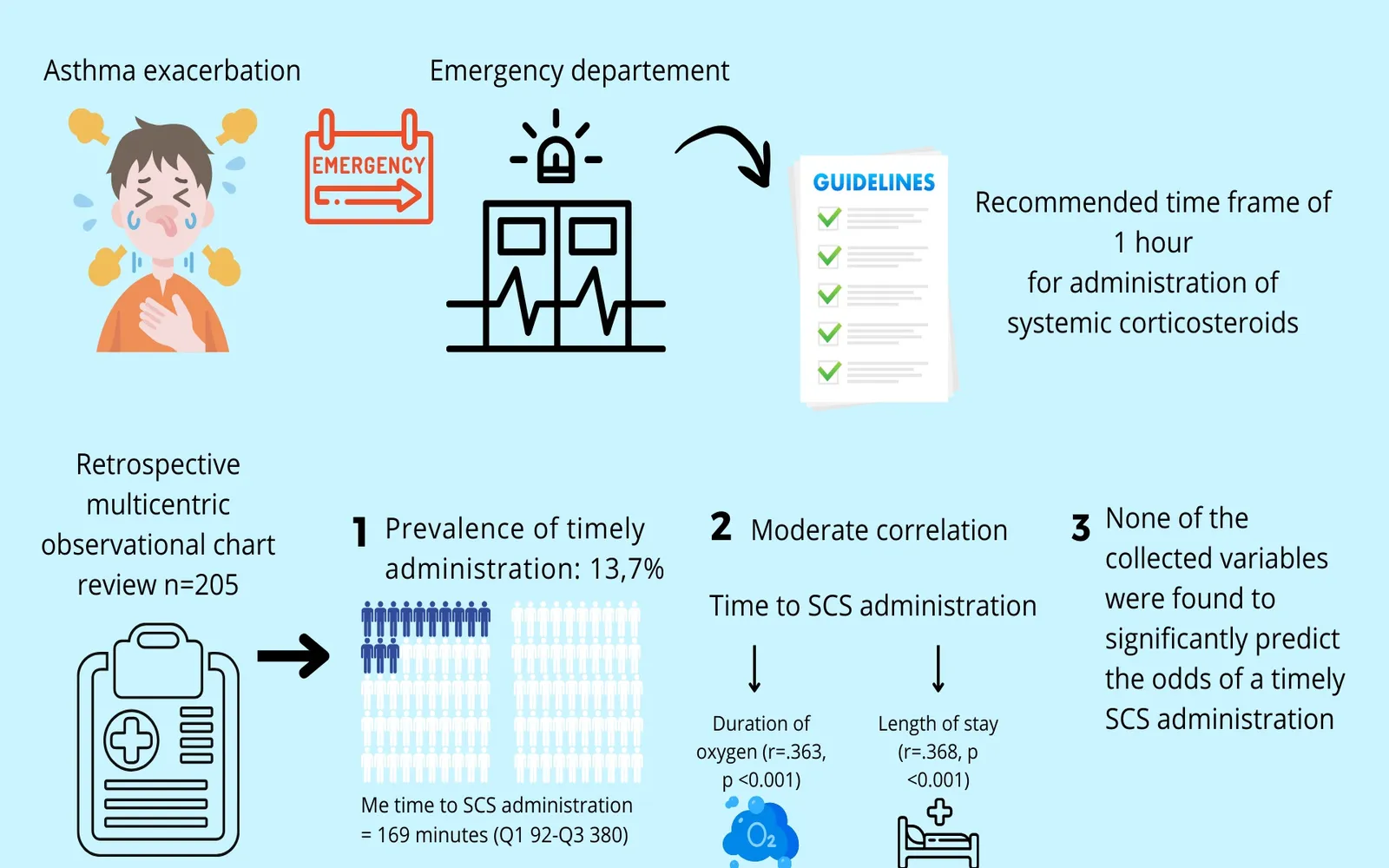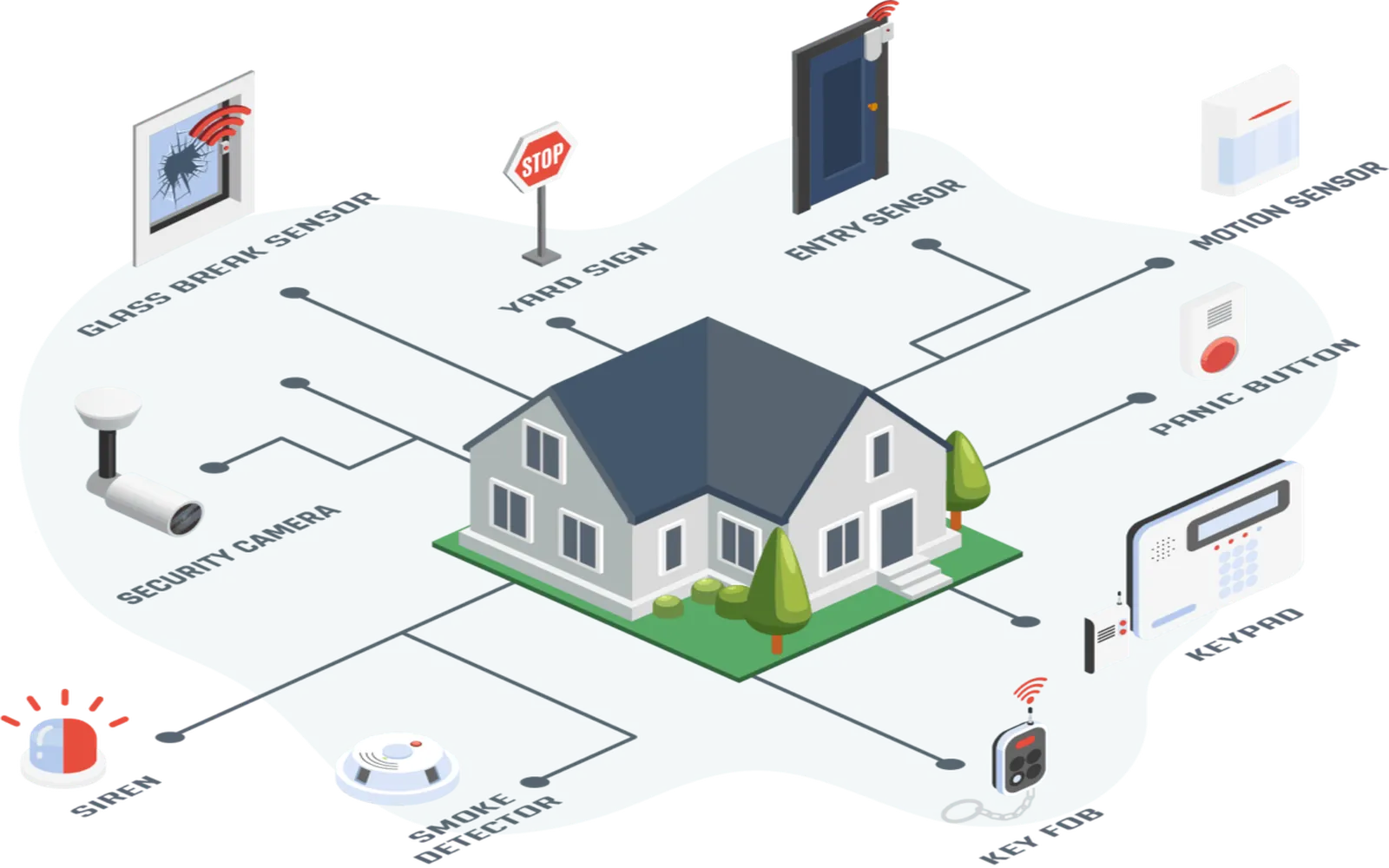As technology advances, the landscape of cybersecurity becomes increasingly complex. Organizations and individuals alike must stay vigilant against a plethora of emerging threats, ranging from malware to phishing attacks. In this article, we will discuss key techniques to safeguard your digital environment effectively.
1. Understanding the Threat Landscape
Before implementing any cybersecurity measures, it is crucial to understand the various types of threats that exist. Some of the most common threats include:
- Malware
- Phishing
- Ransomware
- Denial of Service (DoS) Attacks
- Insider Threats
By recognizing these threats, you can tailor your cybersecurity strategies to address them effectively.
2. Implementing Strong Password Policies
One of the simplest yet most effective ways to enhance your cybersecurity is through strong password policies. Weak passwords are a common entry point for cybercriminals. To mitigate this risk, consider the following:
- Encourage the use of long and complex passwords that include a mix of letters, numbers, and symbols.
- Implement multi-factor authentication (MFA) to add an additional layer of security.
- Regularly update passwords and avoid reusing them across multiple accounts.
3. Regular Software Updates
Keeping your software up to date is a fundamental aspect of cybersecurity. Software developers frequently release updates that patch known vulnerabilities. By regularly updating all software—including operating systems, applications, and antivirus programs—you reduce the risk of exploitation by attackers.
4. Employee Training and Awareness
Human error remains one of the top causes of cybersecurity breaches. Regular training sessions can educate employees about potential threats and the importance of security best practices. Topics to cover include:
- Recognizing phishing emails and suspicious links.
- Safe browsing practices and the importance of downloading software from trusted sources.
- Reporting potential security incidents promptly.
5. Network Security Measures
Securing your network is vital for protecting sensitive information. Here are some strategies to enhance your network cybersecurity:
- Utilize firewalls to monitor incoming and outgoing traffic.
- Segment your network to limit access to sensitive areas.
- Implement Virtual Private Networks (VPNs) for remote access to ensure secure connections.
6. Data Encryption
Data encryption is a powerful technique for safeguarding sensitive information. By encrypting data, you render it unreadable to unauthorized users. Here are some key points about encryption:
- Encrypt data both in transit and at rest to protect against interception.
- Use strong encryption algorithms to ensure maximum security.
- Regularly review and update your encryption methods to align with best practices.
7. Incident Response Plan
Despite your best efforts, breaches can still occur. Having an incident response plan in place is essential for minimizing damage. Key components of an effective plan include:
- Identifying key personnel responsible for managing cybersecurity incidents.
- Establishing communication protocols for internal and external stakeholders.
- Regularly testing and updating the plan to reflect new threats and changes in your organization.
8. Regular Security Audits and Assessments
Conducting regular cybersecurity audits and assessments allows organizations to evaluate their security posture. These audits can help identify vulnerabilities and areas for improvement. Consider the following:
- Engage third-party security professionals for an unbiased assessment.
- Utilize automated tools to scan for vulnerabilities in your systems.
- Review audit findings and take action on any identified weaknesses.
Conclusion
Mastering cybersecurity requires a proactive approach that encompasses various techniques and strategies. By understanding the threat landscape, implementing strong password policies, conducting regular employee training, and adopting robust network security measures, you can significantly enhance your digital environment's safety. Remember, cybersecurity is an ongoing process that requires constant vigilance and adaptation to emerging threats. Stay informed, stay secure!
By incorporating these key techniques into your cybersecurity strategy, you can build a resilient digital environment capable of defending against the ever-evolving landscape of cyber threats.








